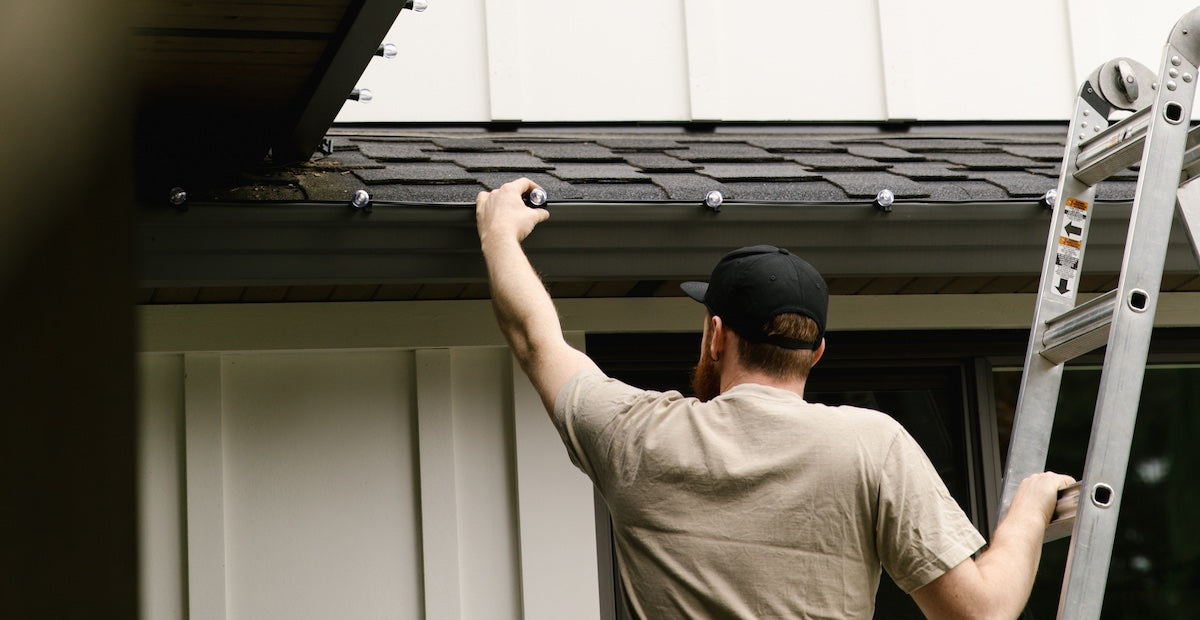Pros and Cons of Leasing vs Selling Christmas Lights
The holiday season is a time of joy, celebration, and twinkling lights. For those of us in the Christmas lights industry, it’s our peak season and the time to make the most of increased consumer spending while keeping customers happy. But, the question arises, should you lease the lights to your customers, or sell them? Opinions differ across the industry, and we’re here to break down the pros and cons of each method.
Leasing Your Lights
Pros
- You own the material - it’s your asset! This gives you the ability to keep and potentially re-use the product if a customer backs out or decides to switch service providers
- Opportunities for short-term or one-time clients
- Renting out your lights can be a great opportunity for appealing to customers who may need your lights for just one season or an event
- Appeals to larger commercial customers so that they can spread out the cost over many seasons or write it off
- Annual higher payment from your customers means income to cover replacements and maintenance costs in future years
- Clients know what to expect from your pricing every year, except for market increases
Cons
- Higher upfront overhead, usually making less in your first year. You’ll want to consider offering multi-year contracts to ensure continued income
- Potential for more negotiation and explanation to the customer
- Higher cost to you if the customer wants to change the design regularly
- LED lights naturally dim over time, so you’ll have to use the similarly aged product on properties where you repurpose lights
- May be a deterrent to smaller clients like homeowners due to being locked into a lease agreement
Selling Your Lights
Pros
- Ability to choose whether you charge extra for storage, or save money by requiring the customer to store their own lights
- Lower year-over-year costs can be more appealing to customers. The upfront cost may be more expensive, but the customer will only have to pay for labour and maintenance in the future. Investing in high-quality Christmas lights means a lower chance of maintenance issues
- Maintenance costs are transferred to the customer, depending on your contract
- Flexibility to charge the customer for design changes in future years
Cons
- High upfront costs may be a deterrent to customers, especially when their baseline of comparison is cheap store-bought lights
- Only making money on labour in the following years
- Filling up your schedule with labour-only installs in future years decreases the openings for adding new clients who are buying lights - unless you’re steadily growing your business and hiring more staff
- If you’re not providing storage for the customer, you have no guarantee that they’re storing the lights properly and maintenance costs may be higher as a result
Clearly, there are pros and cons to both offerings. We hope that this post has helped you to weigh your options and decide what’s right for you, whether that be solely sticking with one method or creating a blend of the two. At the end of the day, there’s no right or wrong way to operate your business. Whichever model you prefer, there will always be customers who think the other option is better. Know your personal priorities as a business and recognize that not every lead is the right customer for you.

